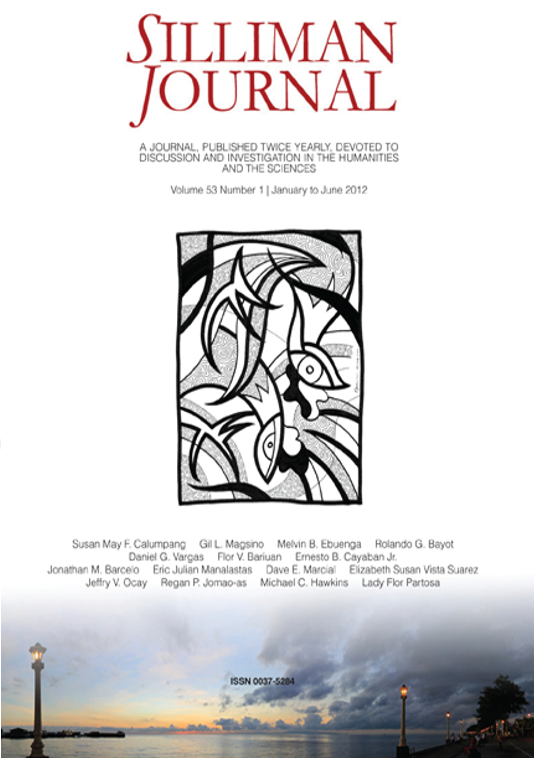Incidence of Arthropod Pests and Natural Enemies in Rice-Tagbak (Alpinia Elegans (Presl.) Schum.) and Vegetable Cropping Systems Without Insecticide Application
Keywords:
Organic agriculture, habitat management, field borders, natural enemies, intercropping, polycultureAbstract
Indigenous cultural practices in pest management provide a valuable resource for sustainable agriculture. Farmer observations
provide the clues for management of the agricultural ecosystem which is balanced and sustainable. Rice farmers of Infanta,
Quezon use tagbak (Alpinia elegans (Presl.) Schum.) stalks for insect pest management thus this practice was validated in field
trials conducted at the Central Experiment Station, University of the Philippines Los Baños during the wet season 2005 and the dry
season 2006. The use of one-meter tagbak stalks in rice paddies during the dry season reduced green leafhopper and brown
planthopper populations by 27% and 40%, respectively. Green leafhopper, the most predominant insect pest and total whitehead
count were significantly the least in the tagbak treatment over 4 weeks. However, tagbak stalks were not quite effective in repelling whorl maggots in the dry season. More importantly, tagbak stalks did not reduce the natural enemy populations. During the wet season, tagbak treatment had the highest count of beneficial arthropods. Yield during the dry season was 19% (tagbak) and 36% (chemical) higher than control. These results validate the farmer practice of using tagbak stalks in rice production and can be a complementary pest strategy for IPM in low input or organic rice production. Population densities of arthropods were monitored on cauliflower intercropped with dill and celery, without any insecticide use in experimental fields in 2003. The insect pests included: flea beetles, leafhoppers and mealy bugs as well as beneficial arthropods: ants, dragon flies, spiders and coccinellid beetles. Diamond back moth counts, a major insect pest of crucifers, were very low, However, this cropping system was not adequate to address the cutworm population. For squash, there was greater diversity of beneficial insects under organic culture where there was an apparent early control of leafhopper populations by spiders, which however did not affect the whiteflies population. The level of aphid infestation was low and its decline coincided with the initial appearance of ants. There is a need to validate the results in the mixed herb-vegetable and organic squash cropping systems in field trials.


